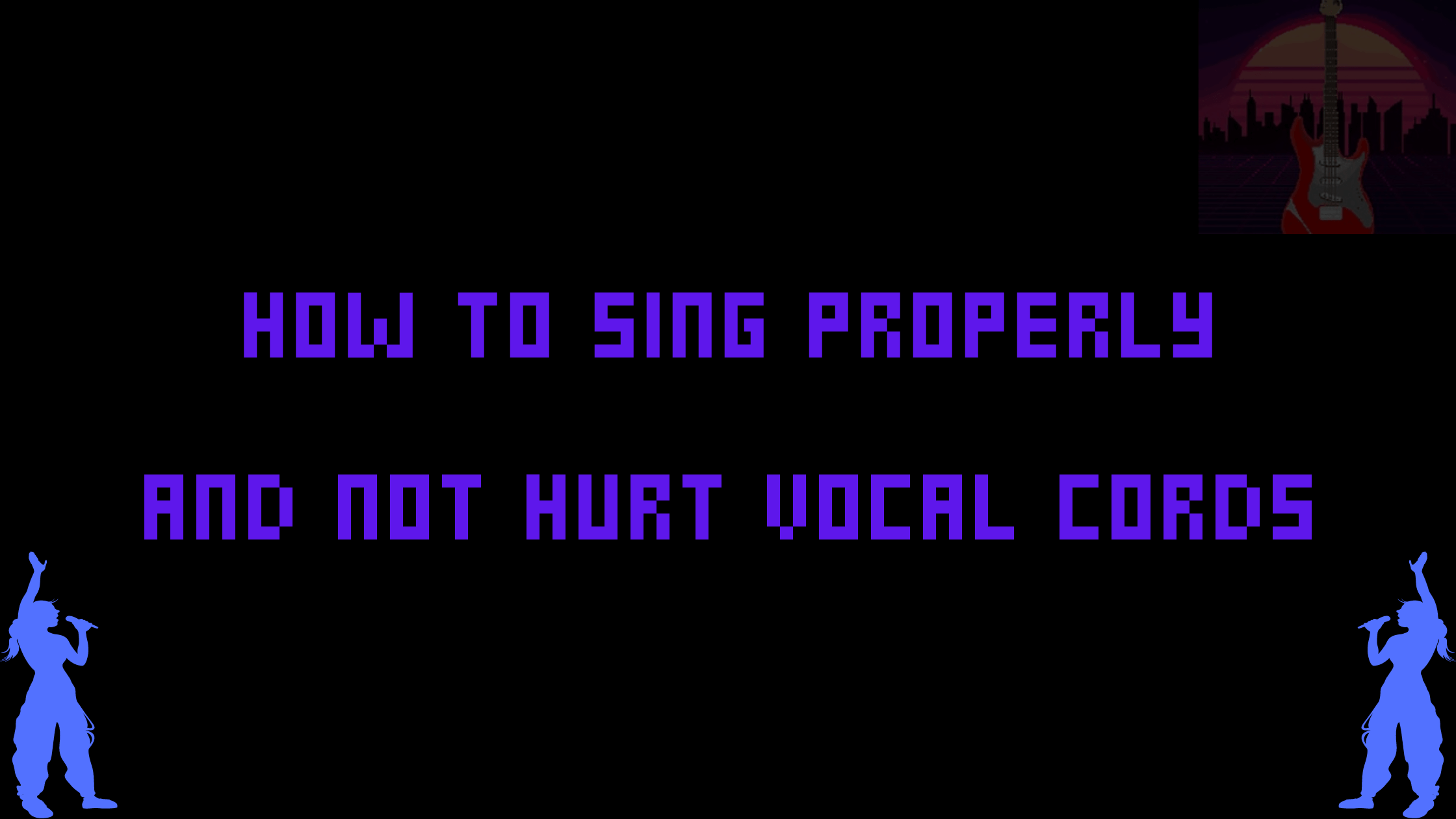Whether you’re a beginner or a seasoned singer, you know that singing is an important part of your life. You want to sing well, but you don’t want to hurt yourself in the process. So, how can you avoid damaging your singing voice? Read on to find out!
1. Proper Breathing Technique
The art of singing is not as easy as it seems. If you have ever watched a career singer perform live, you know that they have to be very careful when they open their mouth and generate those musical tones that everyone admires, because they can hurt their vocal cords.
Vocal cords are the muscles that move air through your voice box. When you sing, you want to make sure that the vocal cords are relaxed and that the muscles surrounding them are soft.
Proper breathing technique is very important when singing because it will help you keep your voice healthy and strong.
Diaphragmatic breathing is a type of breathing in which the diaphragm moves downward during inhalation and upward during exhalation. This type of breathing can help lower your stress levels, improve your focus, and aid in concentration while you sing.
Circular breathing is a type of breathing in which there are small circles for the breath to go around before it enters or leaves the lungs. This helps with relaxation and allows for better control over your breath while singing.
What is tongue breathing in singing?
Tongue breathing is a type of breathing in which the tongue moves while singing. Tongue movement can help with pitch control, improve your voice’s ability to produce the right sound, and help you keep your voice healthy.
Tongue movement can also help with relaxation and release pent-up energy when you sing. It is very important to take care of your voice when you sing because it will affect your life in a big way if it isn’t taken care of properly.
What are the muscles involved in breathing while you sing?
The diaphragm is the muscle that is used to breathe. It is located in the center of your chest. The muscles that surround it help to move air into and out of your lungs.
The abdomen is a muscle that you use when you breathe, and it helps with breathing while you sing. It sits in your lower abdomen and helps to support your lungs as they expand and contract during inhalation and exhalation.
What is vocal cord tension?
Vocal cord tension occurs when the muscles surrounding the vocal cords tighten up. This can lead to a sore throat, hoarseness,
or a decreased ability to sing.
Vocal cord tension can be caused by:
Tightness of the muscles around the vocal cords.
A lack of oxygen to the vocal cords.
Poor breathing technique.
What is stress?
2. Proper Clearing Technique
Before you sing, make sure your vocal cords are in good shape, in order to improve your technique. The first step is to clear your throat. This helps you open up your airway and prepare for singing. You’ll need to practice this technique until it feels natural and comfortable. You should also avoid smoking, eating, drinking or talking before you sing. All of these things can dry out your throat and make it harder to sing properly.
Don’t Overdo It
If you’re an experienced singer, you probably already know the best way to avoid vocal cord injury. Avoid overusing your voice. If you need to sing a lot, try not to do it for more than a few hours at a time. If you do need to sing for long periods of time, try taking breaks and getting some rest.
3. Proper Pitch Range
The pitch range for singing is a range of pitches that your voice can produce. This range is determined by the way your voice resonates within your head and chest.
Pitch is a measure of how high or low a sound you’re producing. When you sing, the pitch you produce determines what notes you sing, as well as the quality of those notes.
Your vocal range may be different than your peers’, but it doesn’t mean that you can’t sing in tune. It just means that it’s not necessarily easy for everyone to sing in tune with each other. You should always be aware of how much air pressure (or force) you put into each note and how high or low the pitch is when singing at any given time.
You should also know how to practice singing in a pitch range to avoid damaging your vocal cords, which are located within your throat area below the larynx and above the diaphragm and chest cavity.
How to sing in tune with your voice.
You should always be aware of the difference between singing high and singing low. This is because when you sing low, you’re using a larger range of your vocal cords, and this means that you have to produce more air pressure to produce the same sound.
You also need a lot more force when you sing low than when you sing high, so be careful that you don’t overdo it!
The range of pitches you can produce is determined by the shape of your vocal cords, which are located within your throat. Your vocal cords are similar to a straw, and when they vibrate, they’re able to produce sound.
Your voice is also determined by the shape of your chest cavity and the air pressure that you put into it.
If you have a large chest cavity, then it will be easier for you to sing higher than if you have a smaller chest cavity.
CONCLUSION
It’s important to remember that if you’re not singing properly, your voice can be damaged. This is why it’s important to learn proper breathing techniques and how to clear your throat.

